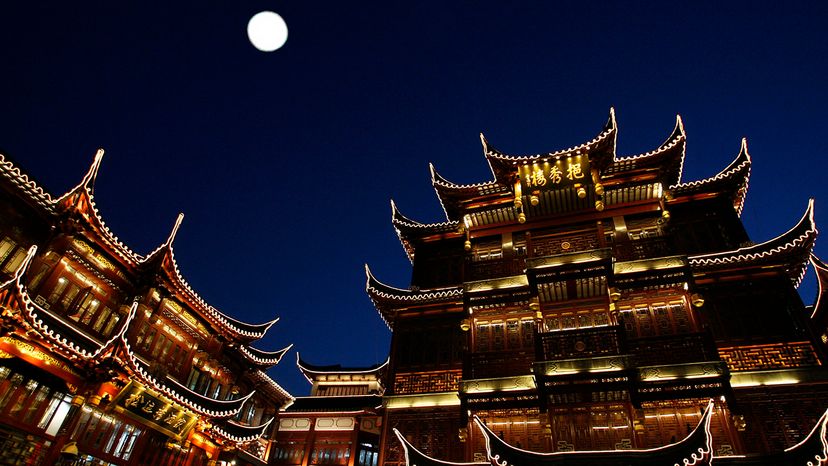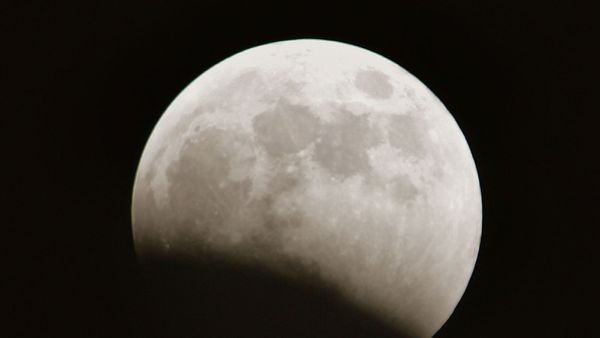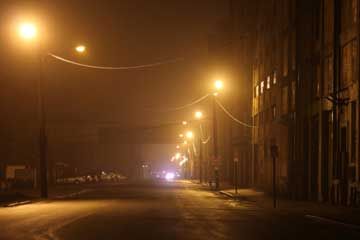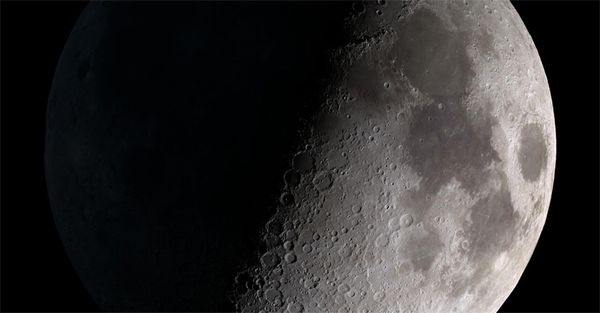
There's a fake moon on the rise. A Chinese space contractor recently announced that it plans to launch a satellite designed to unleash artificial moonlight in the year 2020. The contraption is intended to act as a streetlight supplement; once in orbit, it'll use reflective material to provide the residents of Chengdu — a city in China's Sichuan province — with extra illumination at nighttime.
Critics of the project worry about its environmental impact, but advocates say the satellite (and others like it) should reduce electricity costs down on Earth, saving Chengdu's government the equivalent of $173 million per year. Of course, that's assuming the device works as advertised. To make sure its deployment goes smoothly, plans have been made to rigorously test the satellite before it lights up any populated areas.
Advertisement


